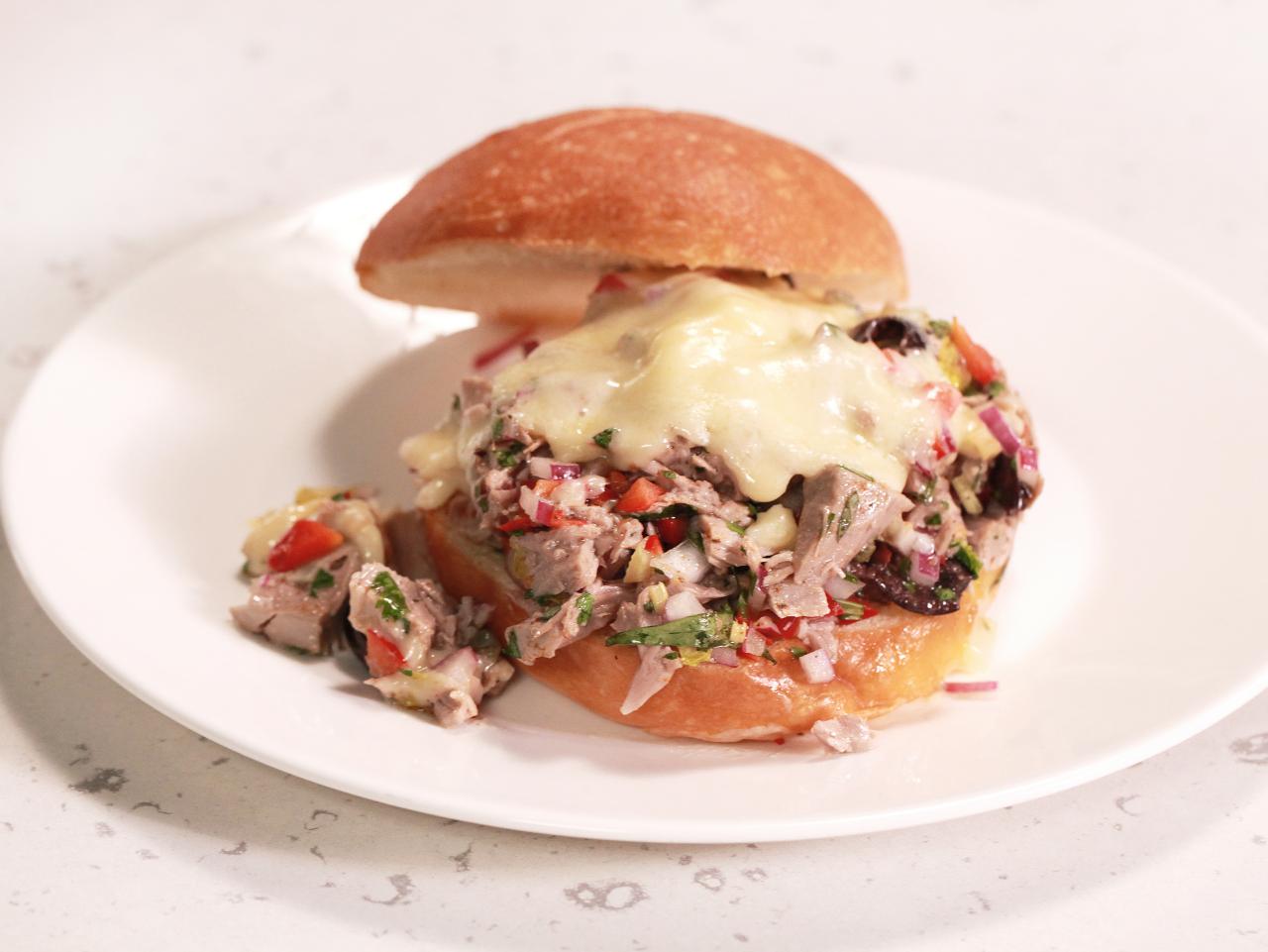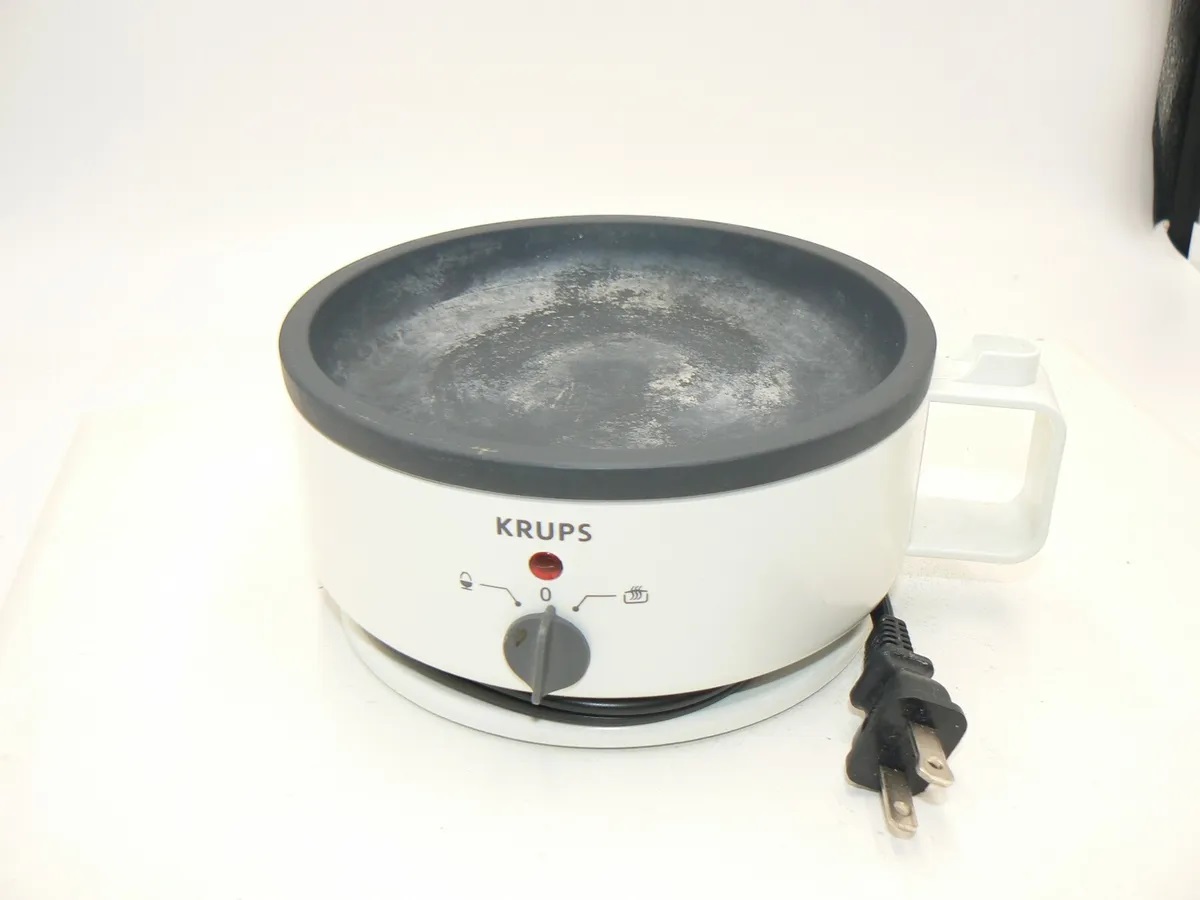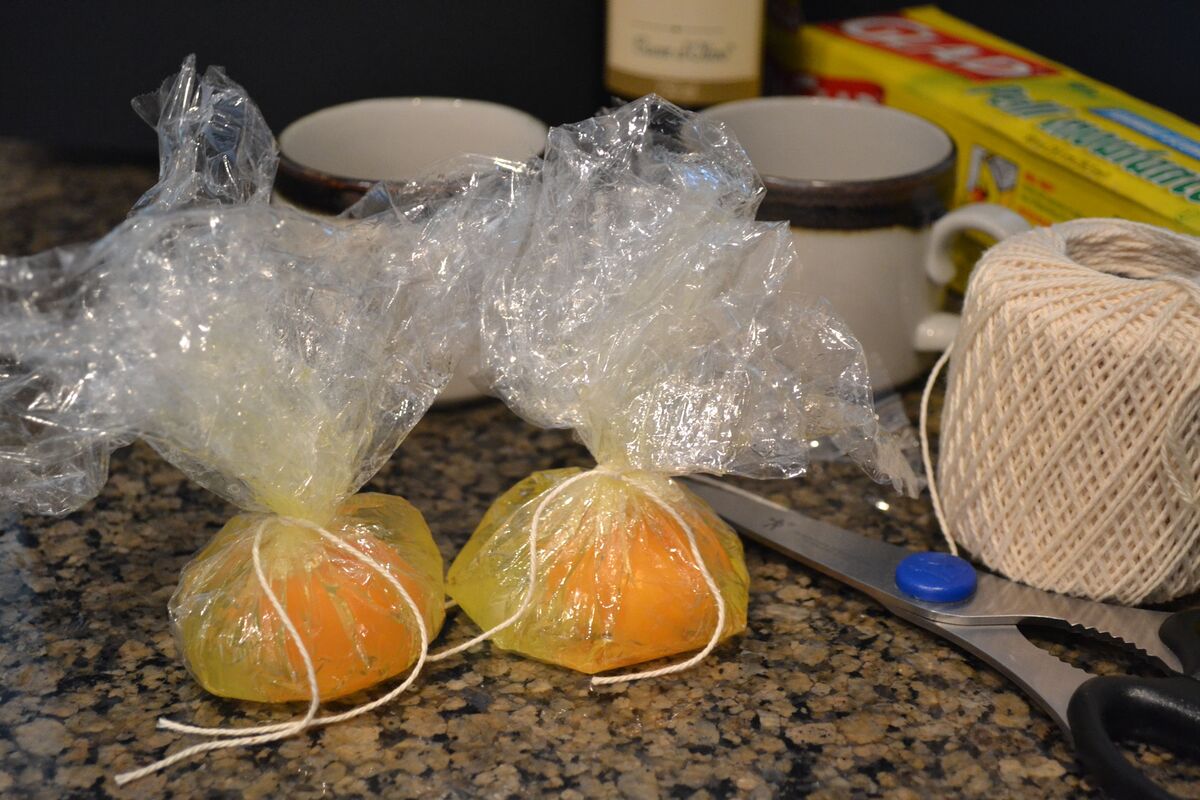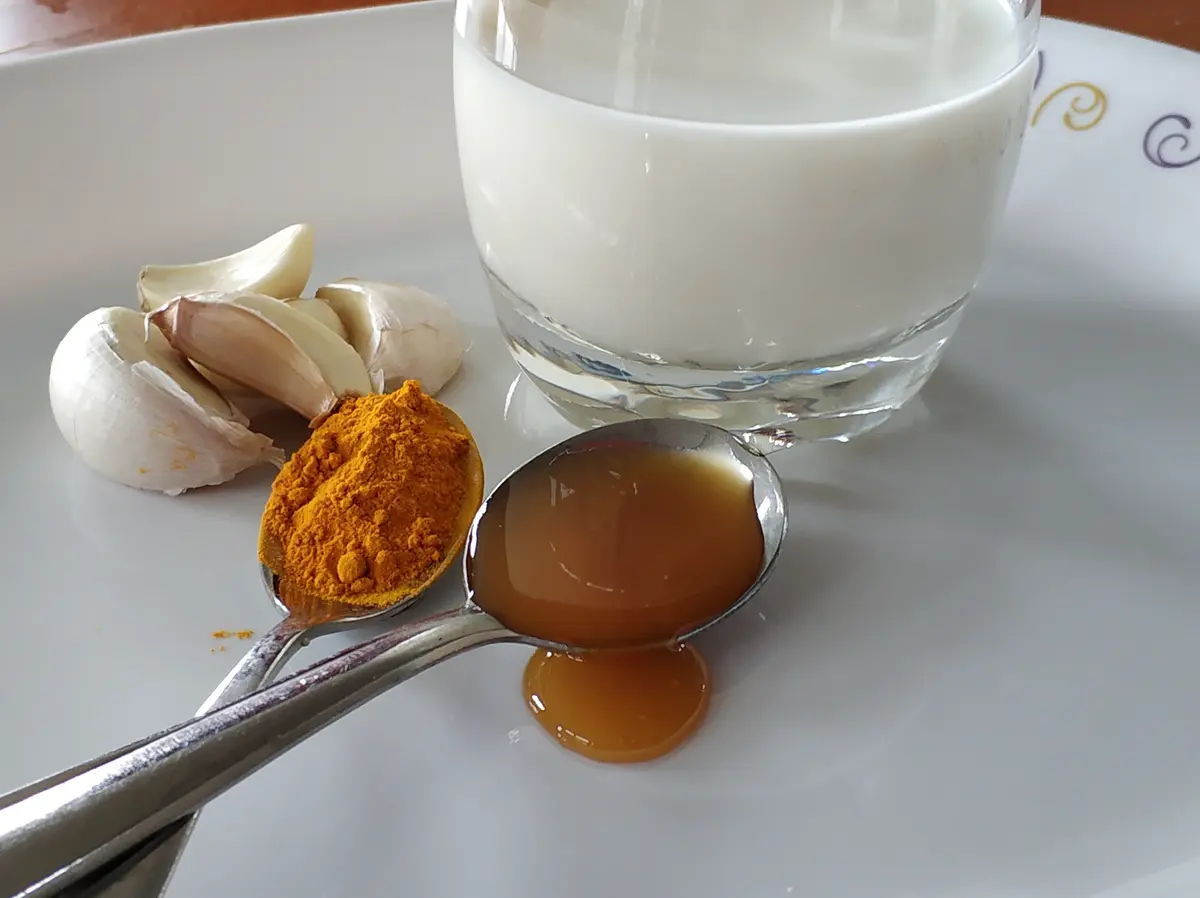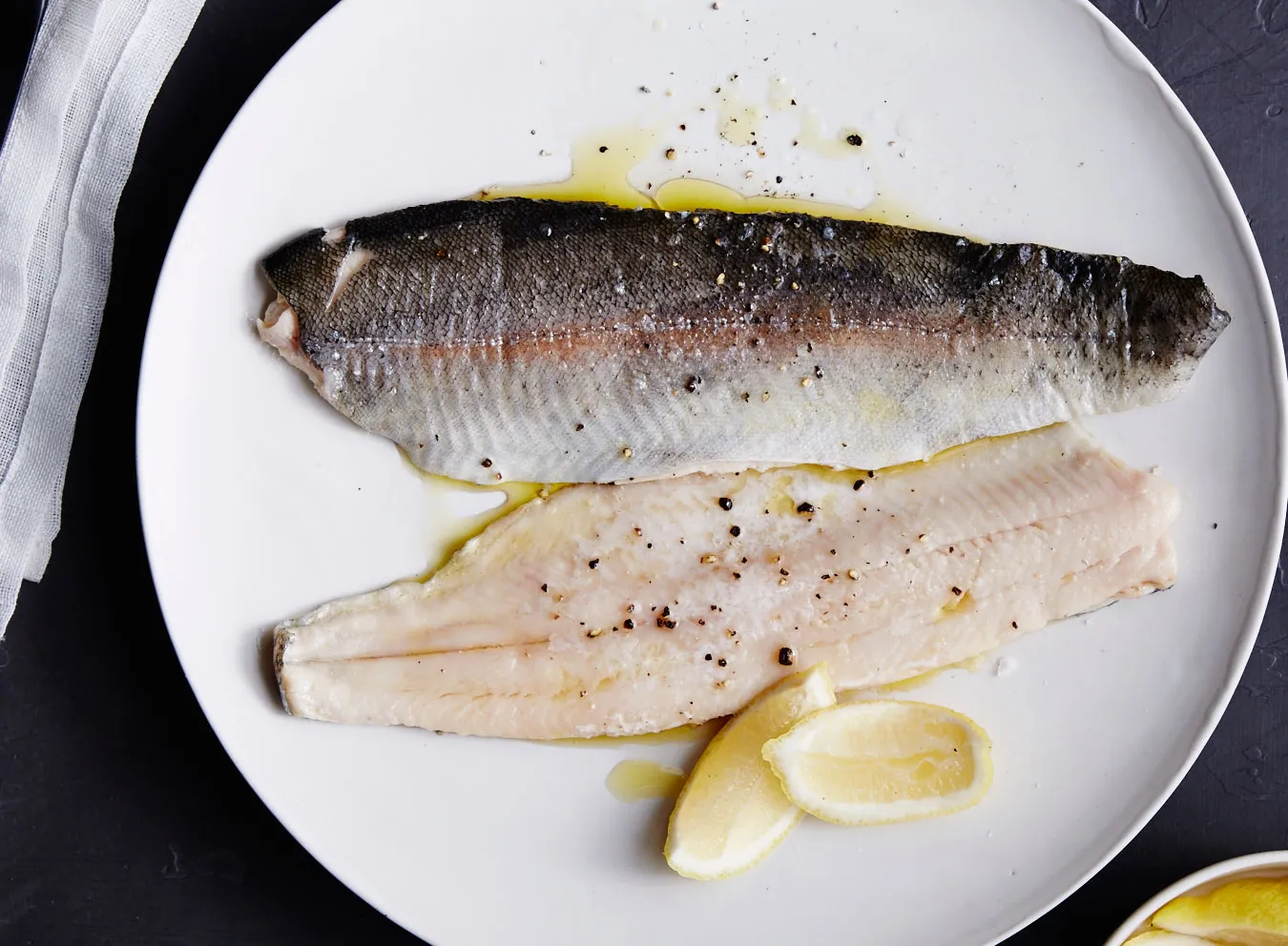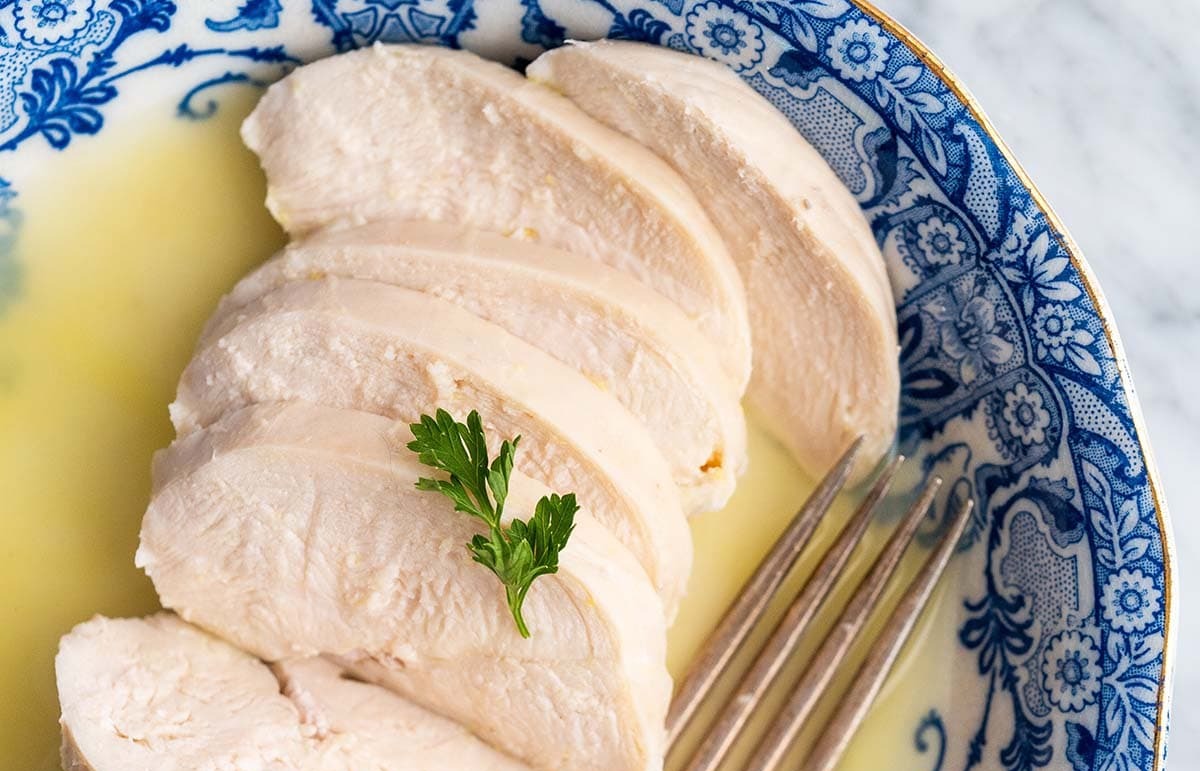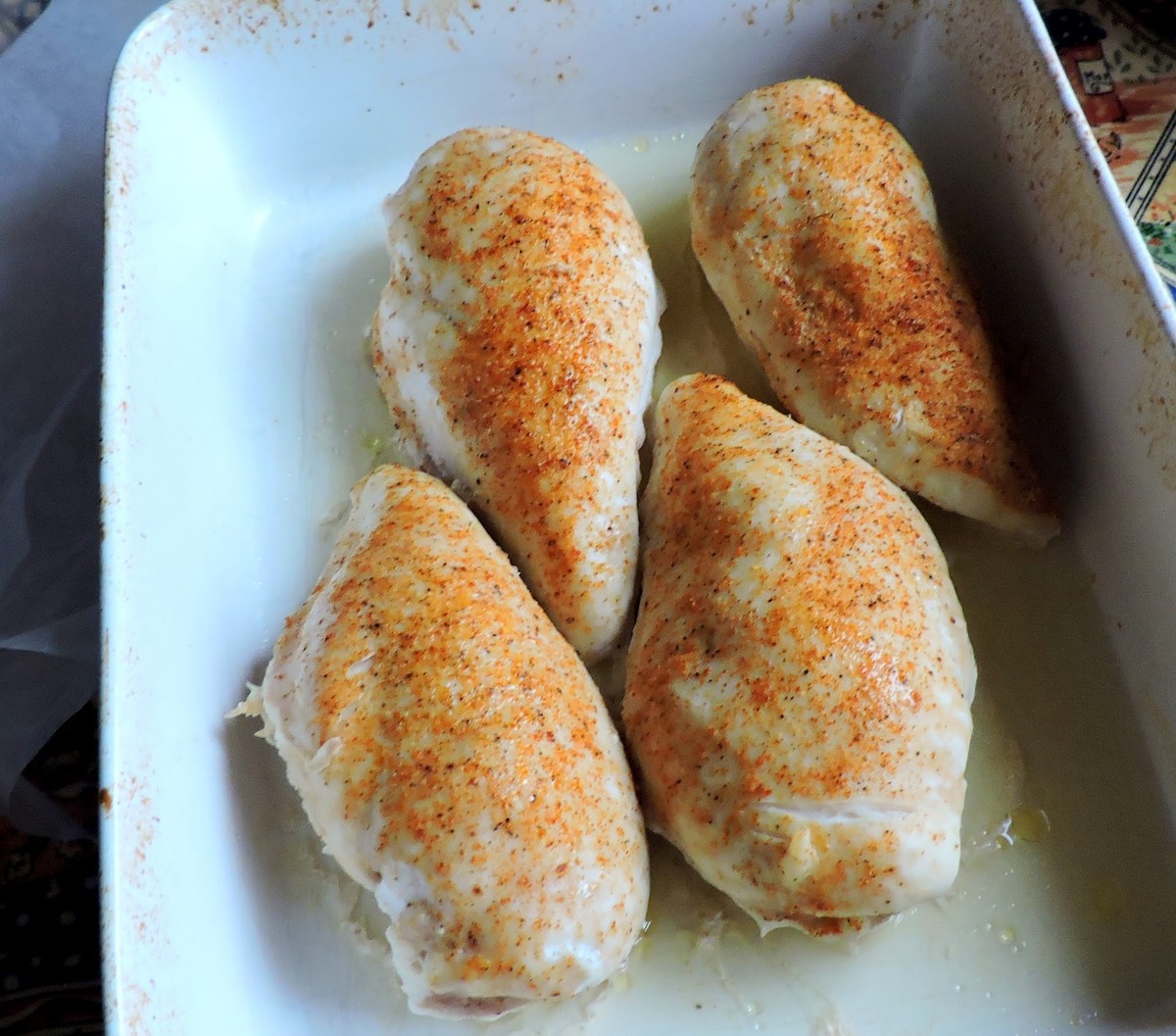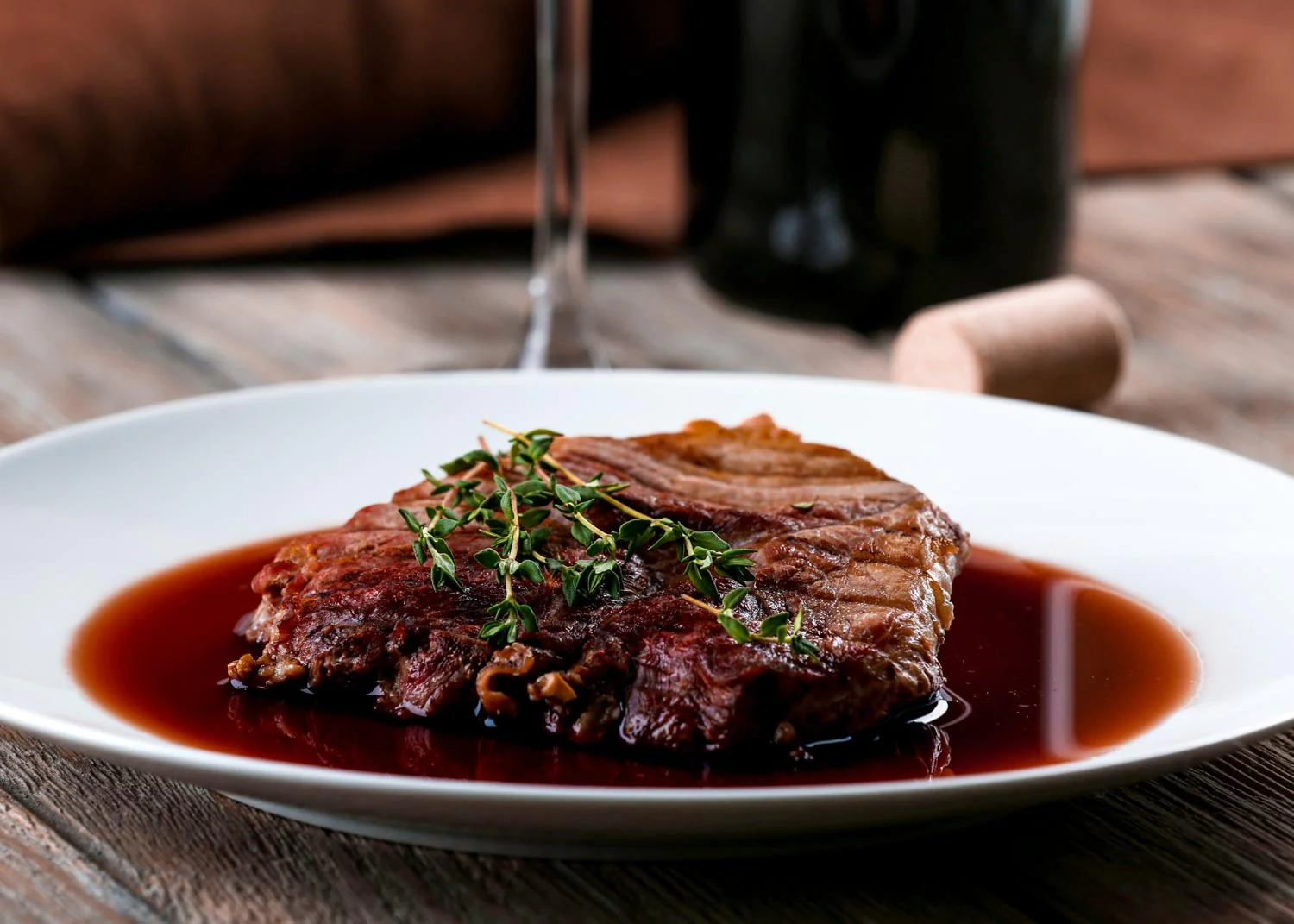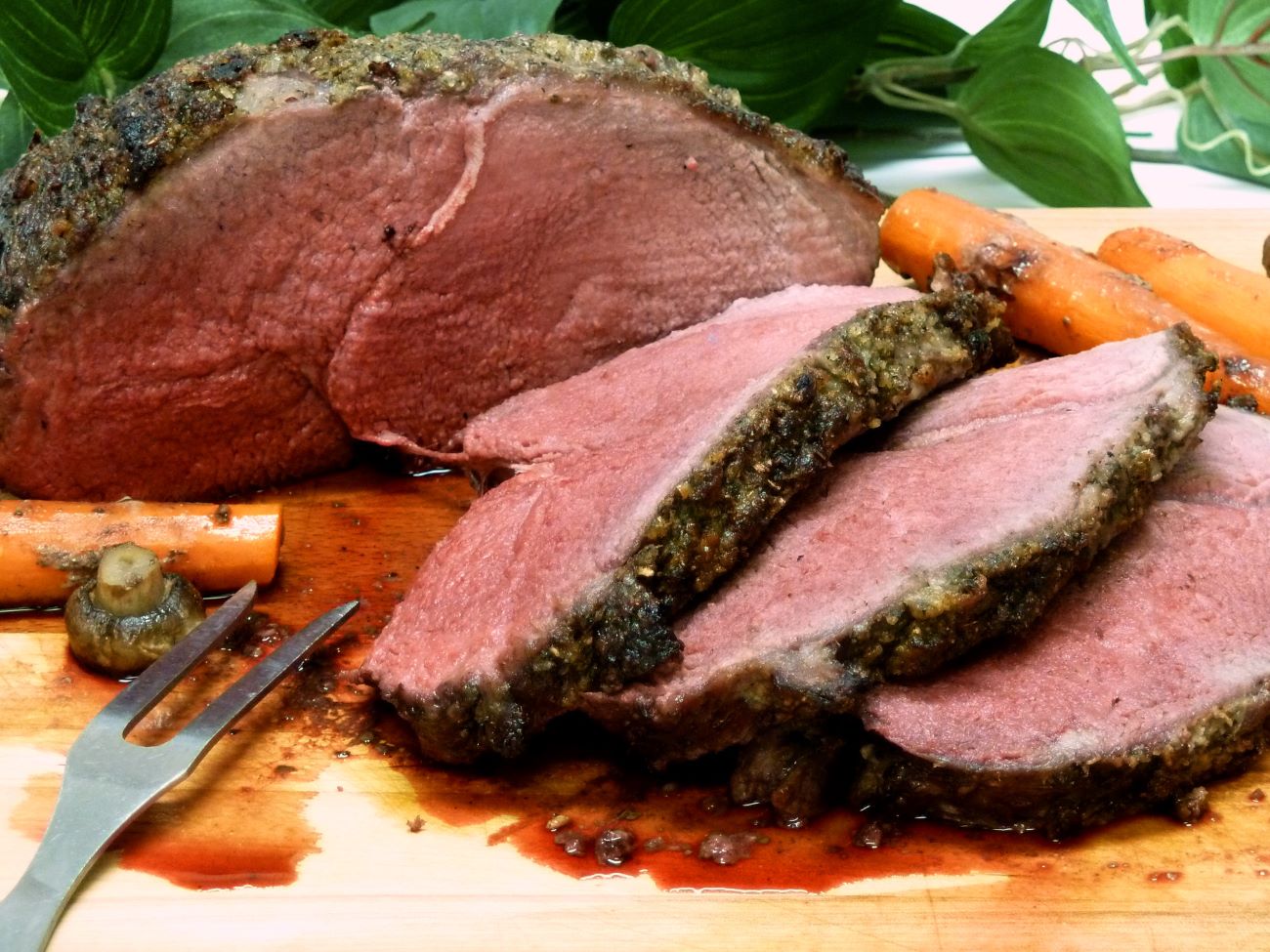Mastering the Art of Poaching Tuna
When it comes to cooking tuna, there are countless methods to choose from. From grilling to searing, the options can be overwhelming. However, one technique that stands out for its ability to preserve the delicate flavor and texture of the fish is poaching. Poaching tuna not only results in a moist and tender dish, but it also allows for the infusion of flavorful aromatics. Here’s how you can master the art of poaching tuna in your own kitchen.
Choosing the Right Tuna
Before you start poaching, it’s essential to select the right type of tuna. Fresh tuna is the best choice for poaching, as it has a firm texture and rich flavor. Look for tuna steaks that are deep red in color and have a fresh, ocean-like smell. Yellowfin and bluefin tuna are popular choices for poaching due to their robust taste and meaty texture.
Preparing the Poaching Liquid
The poaching liquid is where the magic happens. It’s crucial to infuse the liquid with flavors that will complement the natural taste of the tuna. Start by bringing a pot of water to a gentle simmer and add aromatics such as sliced lemons, fresh herbs like thyme and parsley, peppercorns, and a pinch of sea salt. You can also customize the poaching liquid by adding ingredients like white wine or vegetable broth for extra depth of flavor.
Poaching the Tuna
Once the poaching liquid is ready, it’s time to add the tuna. Gently lower the tuna steaks into the liquid, making sure they are fully submerged. The key to successful poaching is to maintain a low and steady temperature. Keep the liquid at a gentle simmer and poach the tuna for about 10-15 minutes, depending on the thickness of the steaks. You’ll know the tuna is done when it turns opaque and easily flakes with a fork.
Enhancing the Flavor
After poaching, you can take the flavor of the tuna to the next level by adding a finishing touch. Drizzle the poached tuna with a simple vinaigrette made from olive oil, lemon juice, and a hint of Dijon mustard. This will add brightness and acidity to the dish, balancing out the richness of the fish. You can also sprinkle the tuna with freshly chopped herbs or a pinch of flaky sea salt for an extra pop of flavor.
Serving Suggestions
Poached tuna can be enjoyed in a variety of ways. Serve it warm over a bed of mixed greens for a light and healthy meal. Alternatively, let the poached tuna cool and flake it into a salad with crisp vegetables and a tangy dressing. You can also use poached tuna as a protein-packed addition to pasta dishes or nourishing grain bowls.
Conclusion
Mastering the art of poaching tuna allows you to savor the natural flavors of the fish while infusing it with aromatic nuances. With the right ingredients and gentle cooking technique, you can create a tender and flavorful dish that is sure to impress. Whether you’re a seafood enthusiast or a home cook looking to expand your culinary repertoire, poaching tuna is a skill worth mastering.
Using the guide on how to poach tuna, readers can experiment with a variety of exciting recipes. For a classic choice, try the Poached Tuna Niçoise Salad Recipe for its balanced flavors and hearty ingredients. Those looking for a refreshing twist can dive into the Poached Tuna with Lemon Herb Vinaigrette Recipe, which combines citrusy notes with fresh herbs. For a light yet satisfying meal, the Poached Tuna Lettuce Wraps Recipe offers a healthy and flavorful option. If you're in the mood for something a bit more exotic, the Poached Tuna Poke Bowl Recipe brings a touch of Hawaiian flair to your table. Finally, the Poached Tuna Tacos with Cilantro Lime Dressing Recipe are a must-try for taco lovers, blending the tender tuna with zesty lime and cilantro. Each of these recipes showcases the versatility of poached tuna, making them excellent choices to try out.
